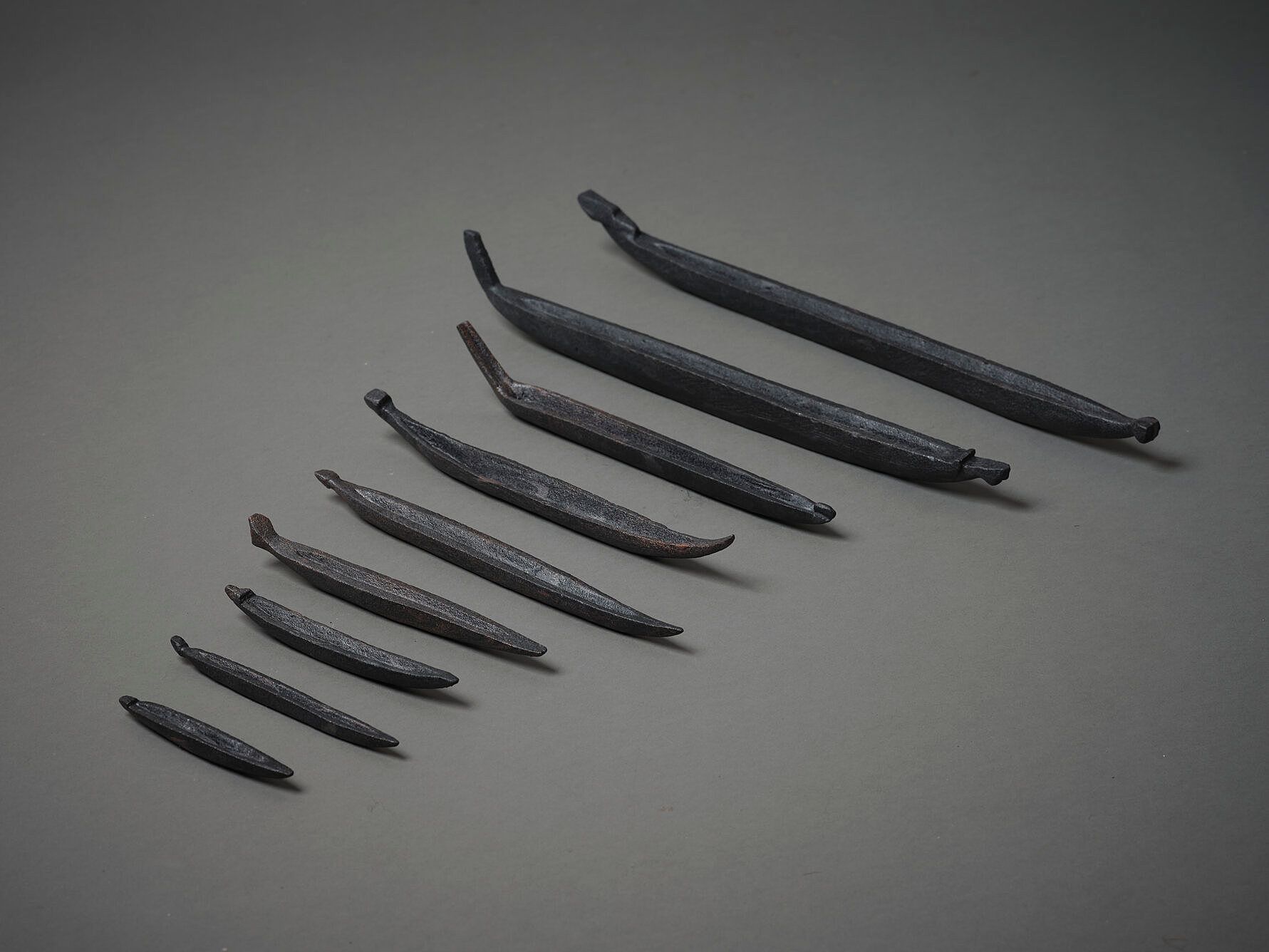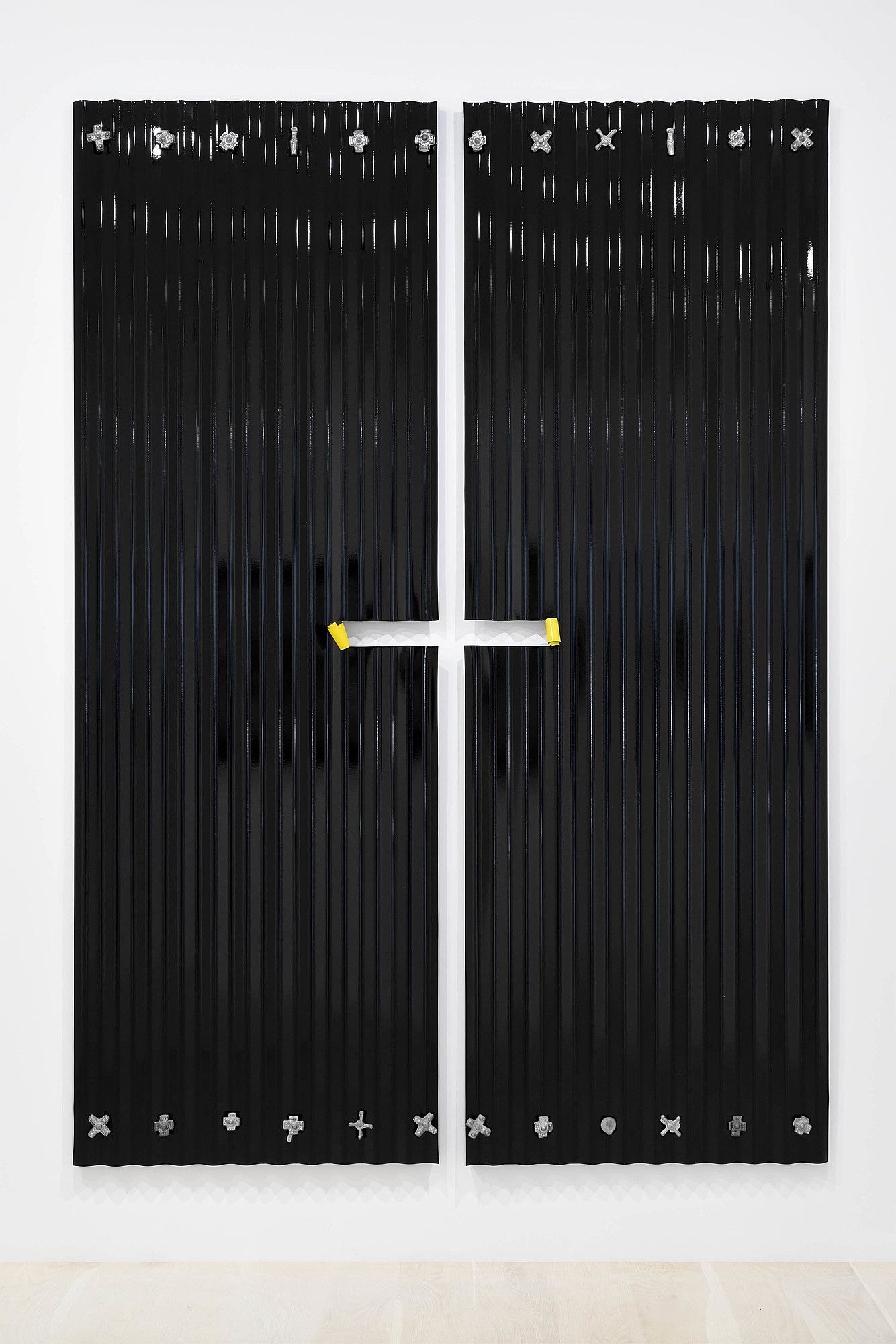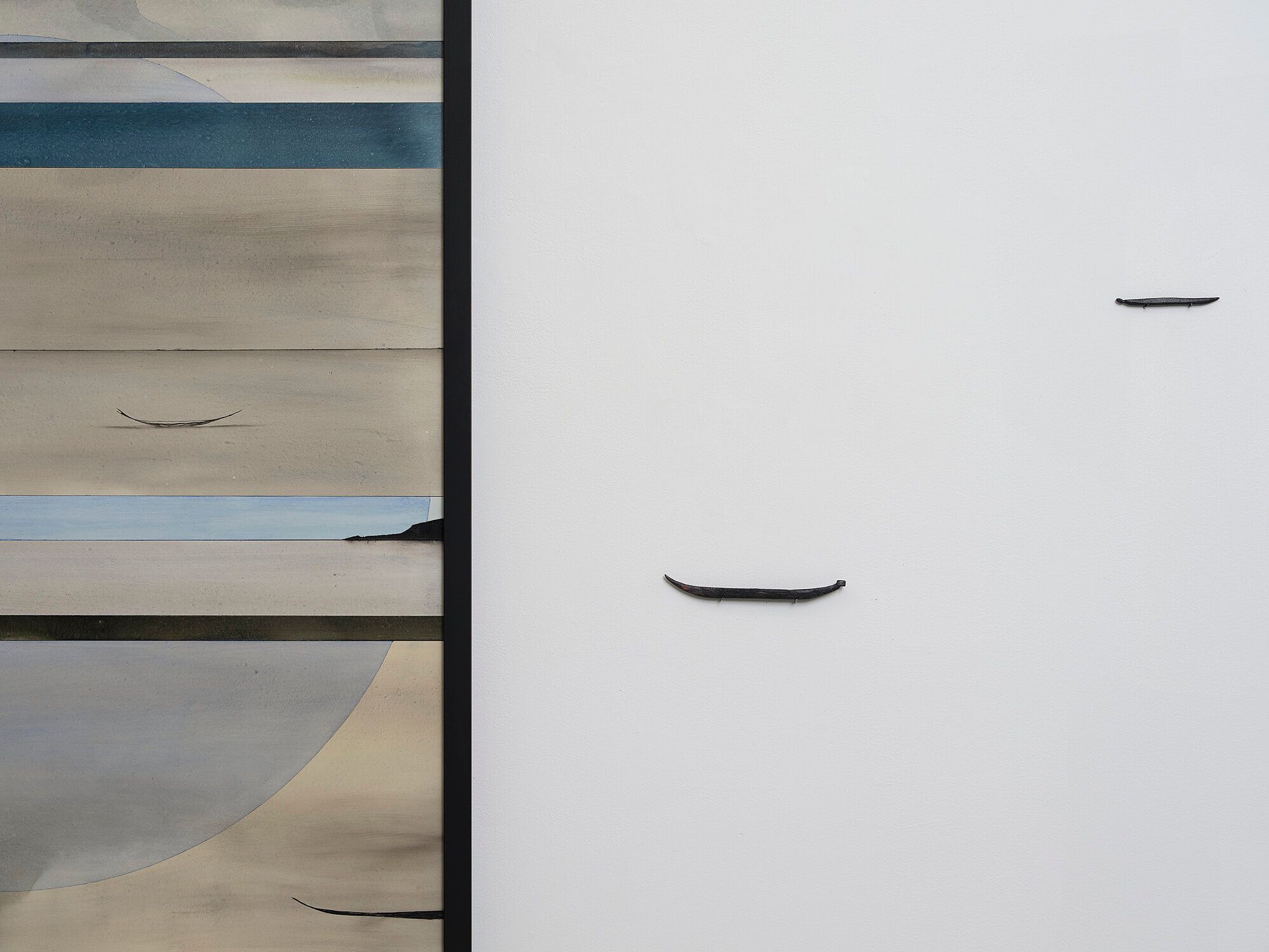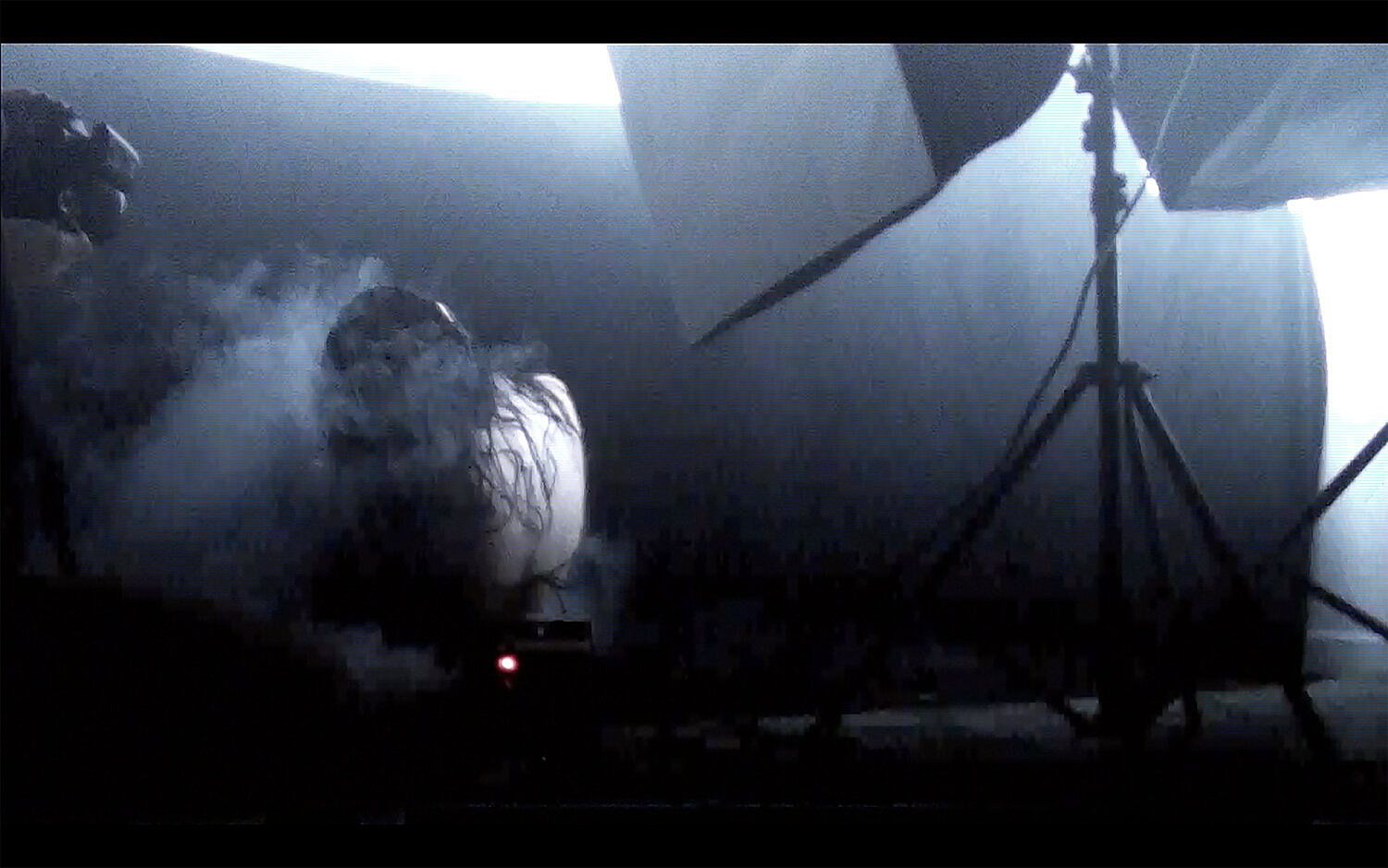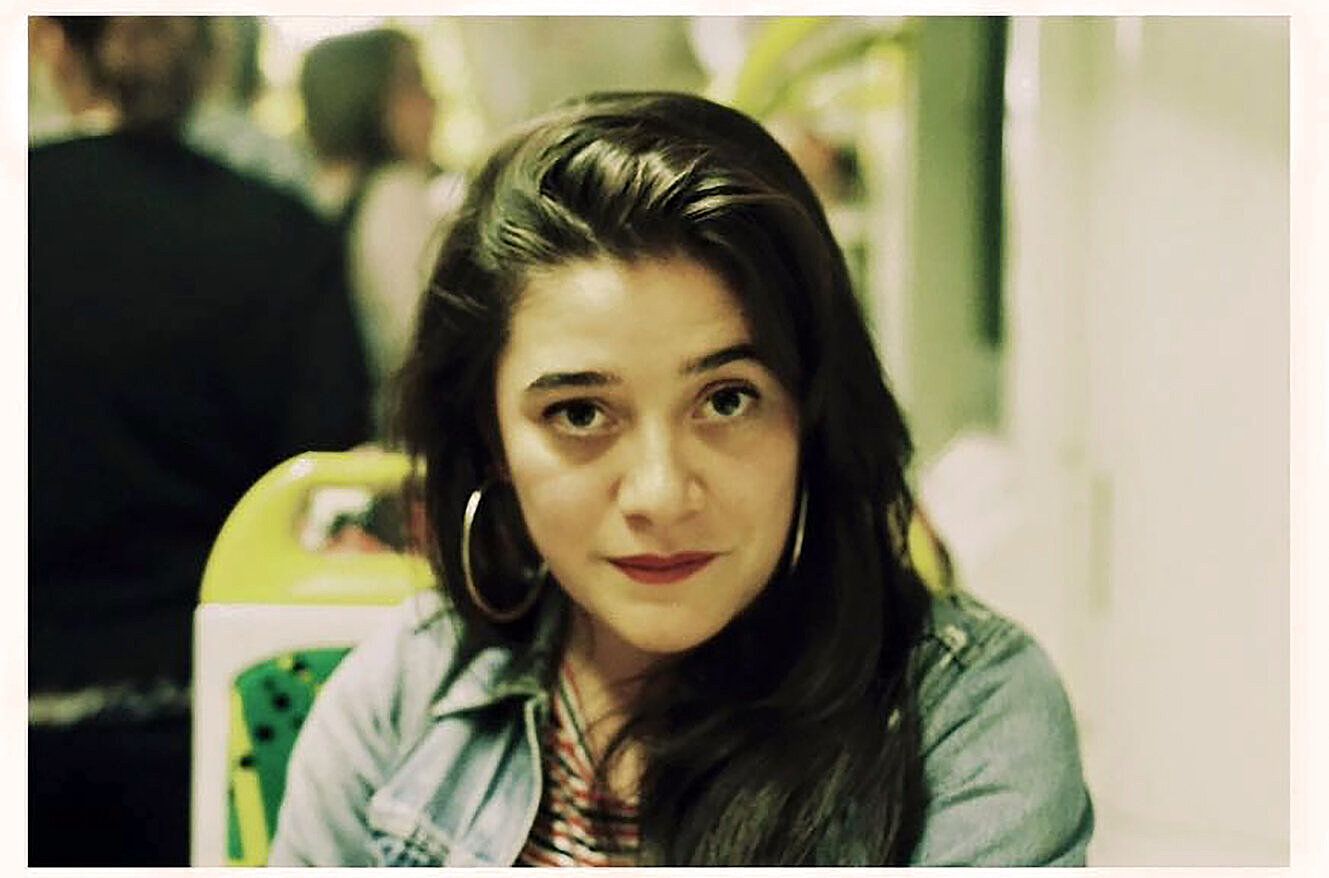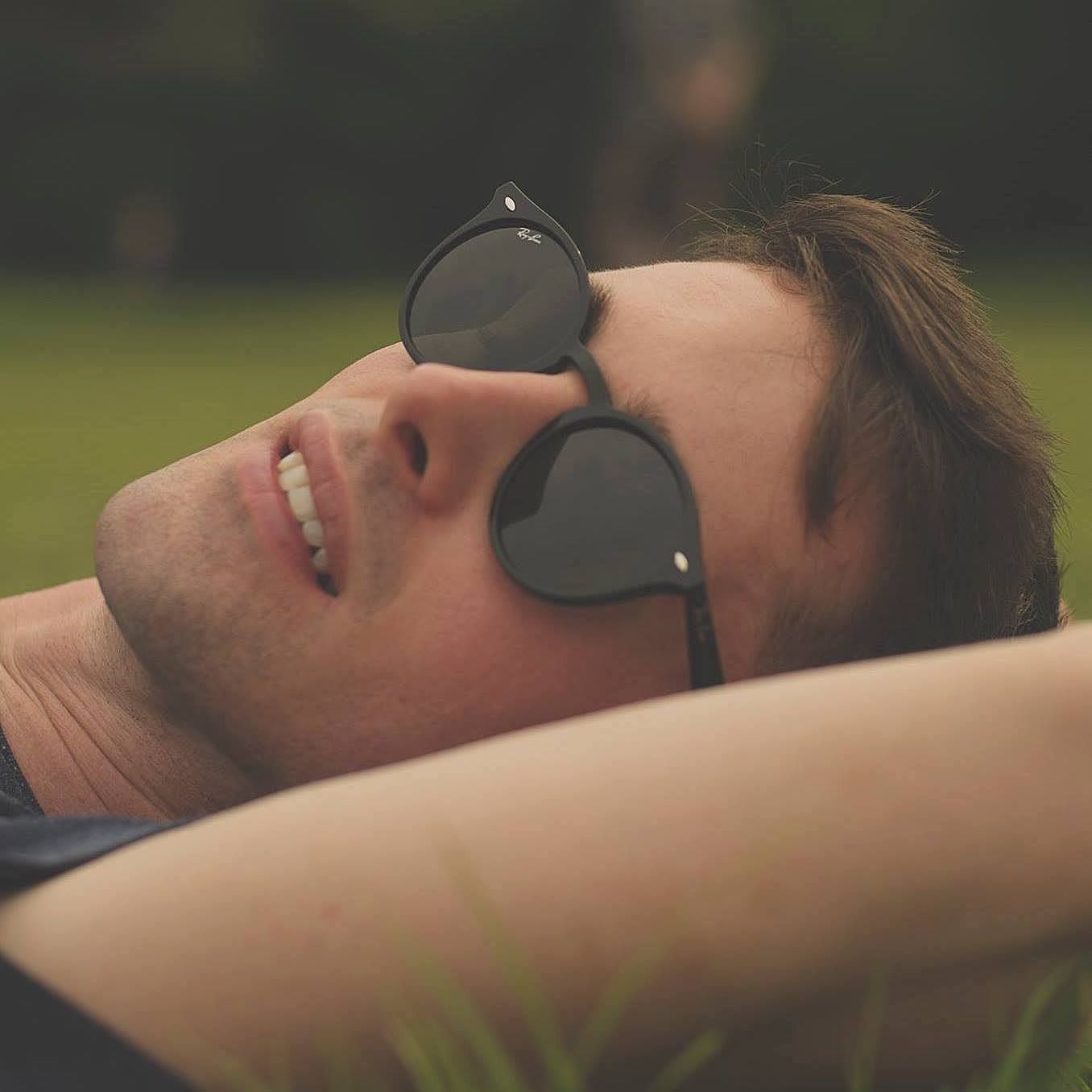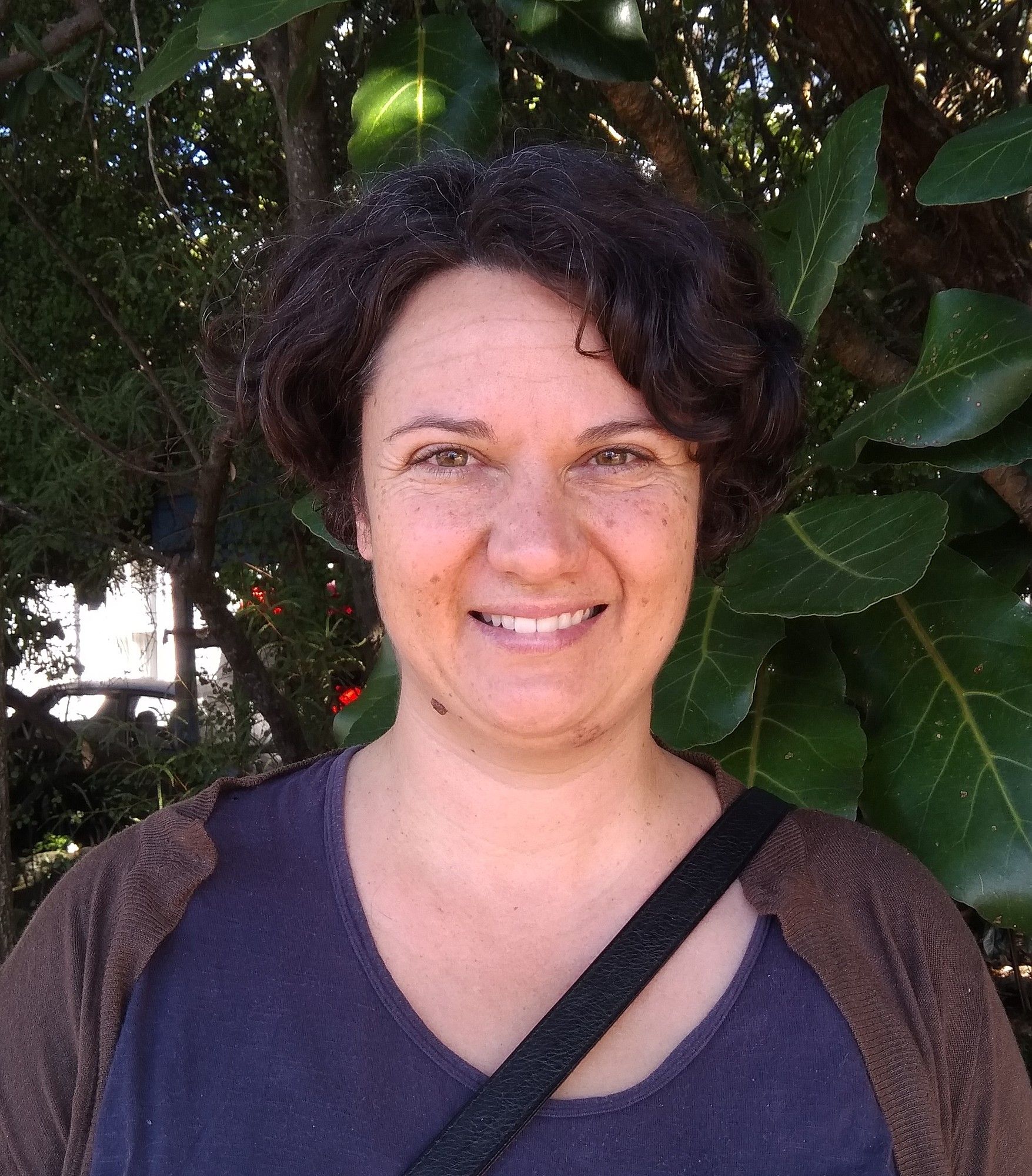The Unmissables: Three Artworks to See in July
The best art on show in the dealer galleries of Tāmaki Makaurau Auckland in July 2021.
A monthly round-up of artworks from the dealer galleries of Tāmaki Makaurau that we keep returning to.
This month's Unmissables takes us on a journey of sculptural sensibility, voyage and whakapapa and photographic musings on our fragile relationship with outer space. Tulia Thompson, Francis McWhannell and Ngahuia Harrison have trawled the streets of Auckland and online to showcase some of the most exciting art around.
Ralph Hotere at Gow Langsford Gallery coincides with the last days of Ātete (to resist) at Christchurch Art Gallery Te Puna o Waiwhetū. Ātete, the first major survey of Hotere’s work in more than two decades, was developed in collaboration with the Dunedin Public Art Gallery, where it opened last year. It is not travelling to Te Ika-a-Māui, a situation frustrating for devotees of Hotere based in Tāmaki Makaurau. This month saw the opening of Bill Culbert: Slow Wonder at Auckland Art Gallery Toi o Tāmaki. The show testifies to the long and deep connection between Culbert and Hotere, and features a few collaborative works. I cannot help but wish that the gallery had programmed Ātete to sit alongside it – as a further acknowledgment of an association that Ngahuia Harrison recently described to me as an important kind of allyship, and as a response to the challenge implicitly set down by Toi Tū Toi Ora: Contemporary Māori Art(in which Hotere’s presence was noticeably minimal) to sustain more robust representation of Māori art.
In the absence of Ātete, however, we have a jewel-like stand-in at Gow Langsford. The impetus for the show was the publication of Vincent O’Sullivan’s 2020 biography of Hotere, The Dark Is Light Enough, which includes no images of his art. As Anna Jackson notes, there is a certain propriety to the lack. Although he made extensive use of text, Hotere was wary of interpretation. Like so many artists, he preferred his works to speak for themselves, via colour, form, and material, as well as the words he chose to inscribe. At Gow Langsford, I am beguiled by his use of gesture. With pigment and tools, he creates mutable atmospheres on diverse substrates. His keen sculptural sensibility is in evidence. He perforates and studs. He slices corrugated iron and rolls it back like the lid of an old-fashioned sardine tin. Liquid black gives way to unearthly yellow. Not long ago, a senior artist bemoaned attempts to ‘deify’ Hotere. What nonsense. Few are more deserving of their place in the canon, amid the stars. – FM
Ralph Hotere, Untitled, 2001. Untitled yellow lacquer on corrugated iron, cast pewter mountings.
Painter and printmaker Simon Kaan (Ngāi Tahu) has joined forces with clay master Wi Taepa (Ngāti Pikiao, Te Roro o te Rangi, Te Arawa, Te Āti Awa) at Sanderson Gallery. The two artists’ expertise in the artforms that they are well known for is evident. The proficiency they both bring to their respective practices only enriches the other, resulting in a polished collaborative exhibition entitled Te Hā o Te Marama.
Kaan presents a new suite of ink and oil paintings in his familiar style. The strips of land, mountain and sea that Kaan paints as a stack, invoke the verb whakapapa (to create layers). The muted tones in the artworks will remind anyone who has stood on St Clair beach of the silver ocean skies over Dunedin. The multiple moons rise, or descend, through the layers of painted land and sea so you can’t be too sure if the part of the moon you are looking at is the moon’s light, shadow, or reflection.
In between the painted works Kaan’s reoccurring canoe forms suddenly levitate. Kaan has described the waka figures as ‘wing-tips’ and attributed the shapes to the line work seen in Ngai Tahu rock art. Wi Taepa has brought the wing-tips out of the painting and into space as small clay works Waka (all works 2021) that float alongside Kaans’ paintings.
In keeping with the voyaging theme, Taepa has created one large and one small punga (anchor) amongst a collection of new clay works. There is Kai which looks like a small bowling ball, or coconut – which would make more sense. Honu is another work that makes you want to pinch it off the shelf and cradle the hardened clay in your hands; as the name suggests, the work sports a carved turtle. Then there are the works Putangirua Pinnacles I and II that echo the ‘hoodoos’ or earth pillars, the erosion scars along the Aorangi Ranges. Taepas’ hands ever-present in the clay forms. – NH
Simon Kaan and Wi Taepa, Te Hā o te Marama (installation view). Image courtesy of Sam Hartnett.
I saw Stars by Tāmaki Makaurau-based artist Meg Porteous the same week as billionaire Richard Branson launched himself into space on Virgin Galactic, and it led to plaintive musing about our fragile relationship with space.
Porteous often uses compositional tricks to create evocative fictions. A pale blue photograph of a plastic plasma bag filled with saline looks both alien and serene. In Float Culture #2 a figure in a baggy jumpsuit looks towards planet earth, like an astronaut. I thought of the lines from Elton John’s Rocket Man, “I miss the Earth so much I miss my wife. It’s lonely out in space.”
Porteous’s photographic works including large-scale digital prints, darkroom prints and found images feels like reading a personal essay; it creates an elusive and illusive intimacy. One photograph is of the crown of a woman’s head with dark curly hair; it is a kind of self-portrait but is not of herself – a model wears the artist’s clothes. There’s a pair of images depicting mother and child, with the Shutterstock logo across it showing it is stock footage. It feels like she is evoking her birth and her relationship with her mother, but is testing whether the iconography will hold. There’s a signed photo of Anna Paquin from The Piano, in the frilled white cap, with her serious eyes and elfin face. There’s a kind of doubling, and visual doppelgangers.
In Swamp, Porteous is in a dark photographic studio. Light illuminates her long dark hair and pale back. Smoke catches in the light; there must be a smoke machine. The metallic tower of the lighting rig looks space-age, perhaps like a satellite. Porteous is facing away from us. It is a self-portrait but is more about concealment than revelation. I thought about the Me Too movement, The Handmaid’s Tale, and the scene from Ex Machina when AI Ava walks out in the sunlight. – TT
Meg Porteous, Swamp, 2021. Image courtesy of the artist and Michael Lett.
*
The Unmissables is presented in a partnership with the New Zealand Contemporary Art Trust, which covers the cost of paying our writers. We retain all editorial control.
Feature image: Simon Kaan and Wi Taepa, Waka, 2021. Image courtesy of Sam Hartnett.
